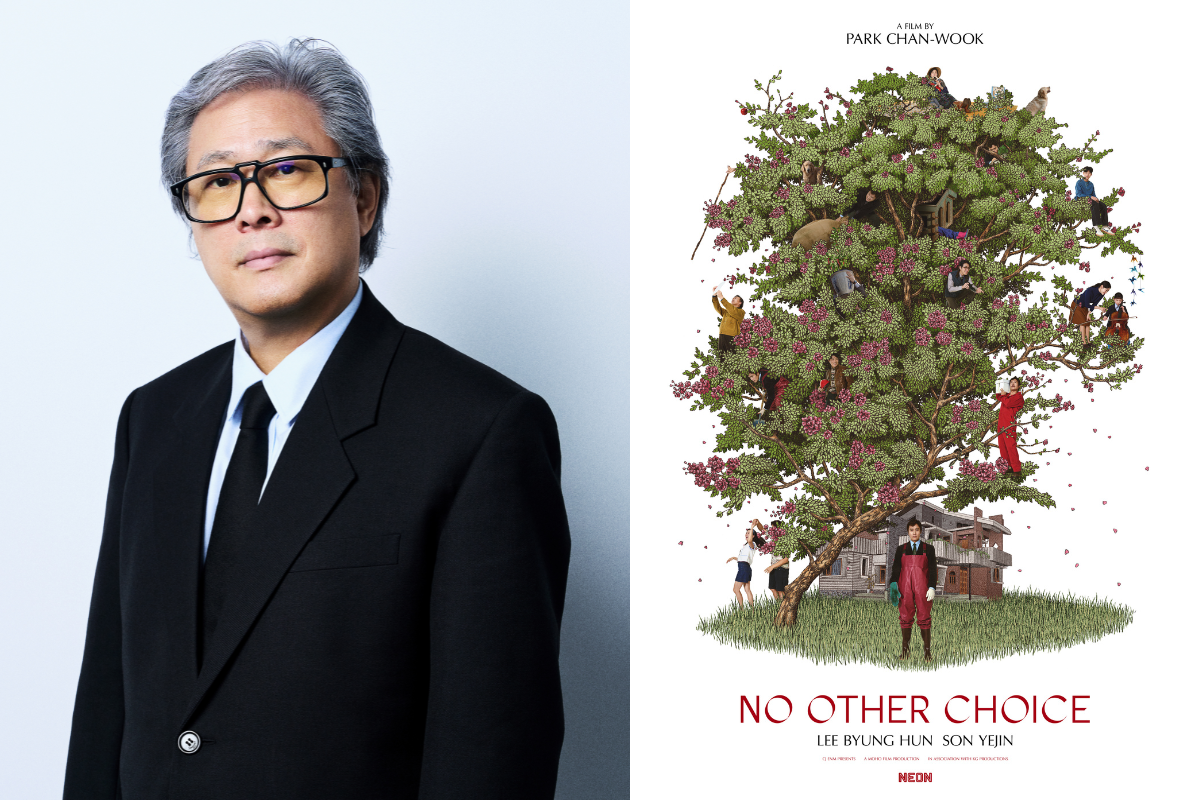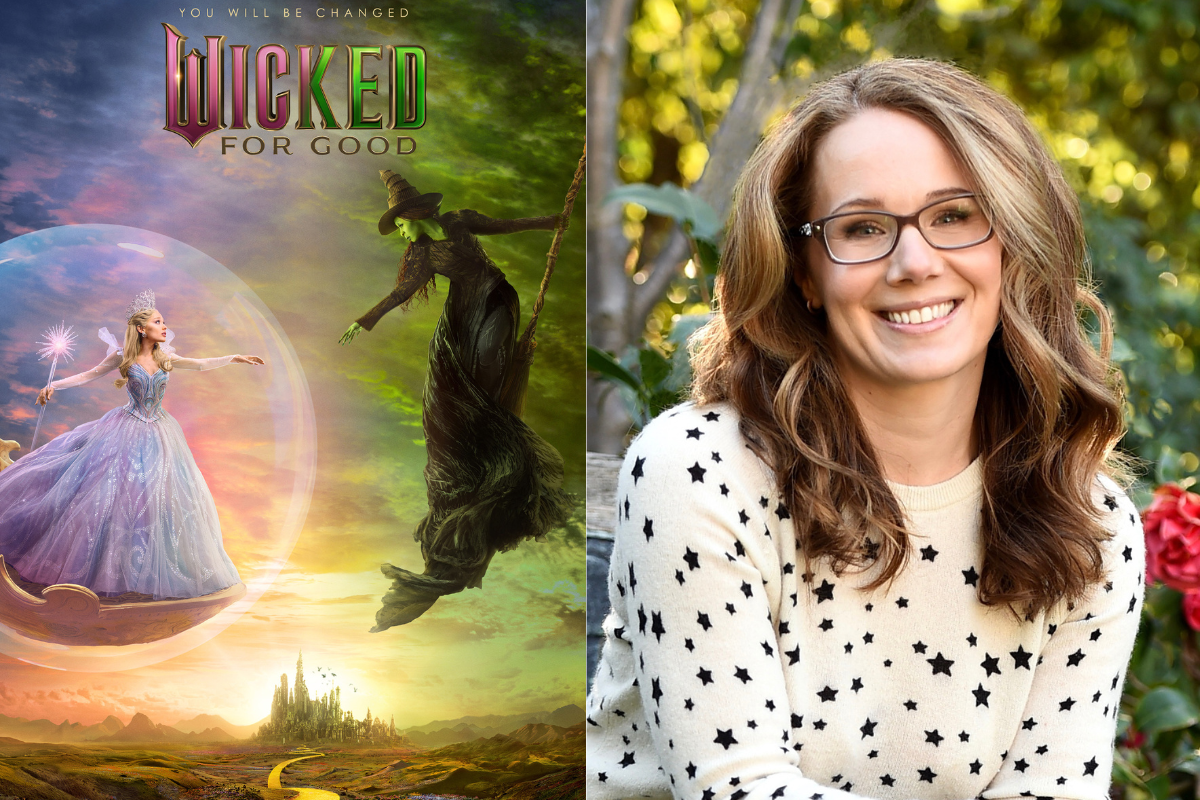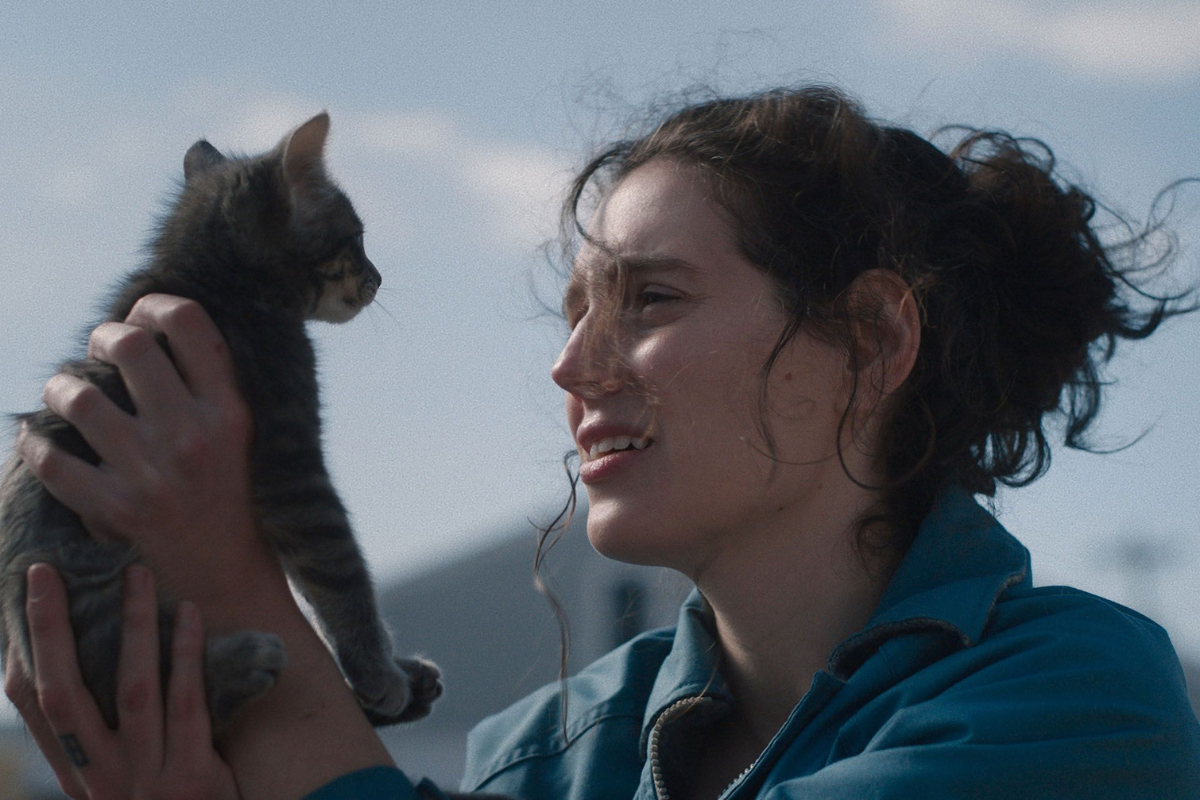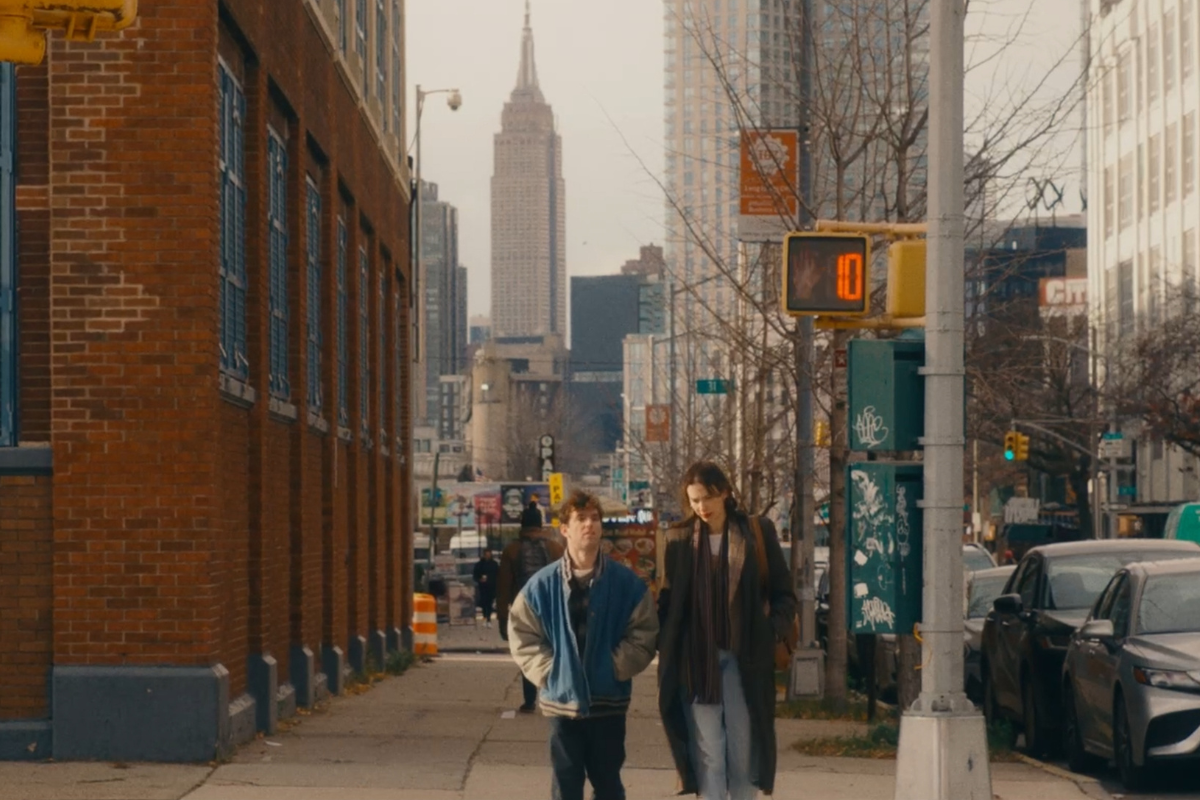Subverting a Classic Fairy Tale: Emilie Blichfeldt Discusses ‘The Ugly Stepsister’
Filmmaker Emilie Blichfeldt talks about landing on the seed of the story, retelling a classic fairy tale, creating within the ‘beauty horror’ subgenre, her writing process, and more!
What might be a fairytale for one might be a nightmare for another. Filmmaker Emilie Blichfeldt riffs off of this notion in her feature debut The Ugly Stepsister. Instead of Cinderella as the main character, Elvira, her stepsister, is the POV of the story. “I had a creative nap and suddenly I envisioned Elvira as Cinderella. It was the first time I’d seen the human side of this overlooked, ridiculed character. Not only did I see her human nature, I saw myself.” The Ugly Stepsister stars Lea Myren, Ane Dahl Torp, Thea Sofie Loch Naess, Flo Fagerli, and Isac Calmroth.
Emilie hails from northern Norway and cut her teeth doing short films. How Do You Like My Hair and Sara’s Intimate Confessions are just a couple of shorts that put her on the map. When her feature debut The Ugly Stepsister played during the Midnight Section at this year’s Sundance, it caused quite a stir. One person was said to vomit in the aisle of the theater while watching it. While it is a much more visually intense and disturbing film than The Substance, the body horror fits the context of the story. It’s not extreme or graphic just for the sake of being those things. Within Elvira’s universe, which is a much more realistic one than Cinderella’s previous romantic legend, beauty is indeed pain. Influenced by filmmakers like David Cronenberg, Emilie isn’t afraid to go to dark places.
Is beauty a physical attribute or is it something much deeper? Or is it both? Emilie explores that with Elvira’s desperate attempts to win the Prince’s attention and love. “I wanted her to become the evil, ugly stepsister at the end. Ugly in the sense of how she carries out her actions but also for the audience to understand why that’s a true archetype.”
Emilie recently spoke with Script Magazine from New Orleans where she’s attending the Overlook Film Festival.
Sonya Alexander: The story takes place in the 19th century. What were the beauty standards in Europe during that time? What did you come across in your research?
Emilie Blichfeldt: The reason why it’s set in the 19th century is because I was partially inspired by Disney’s silhouettes for the costumes. Cinderella in an 1850s, 1860s dress at the ball. Then the stepsister has an 1880s silhouette. It was around the 1880s when the first rhinoplasty and cosmetic procedures were being done. I thought it was kind of cool that I had both of those things informing that this was the period I was in…not the 1600s or even earlier. The chisel that Dr. Esthétique uses is one of the first tools cosmetic doctors would use because they looked upon their work as being like sculptors. They were really inspired by ancient Greece and their beauty standards and ideals.
Sonya Alexander: How did the project come about?
Emilie Blichfeldt: I got the idea eight years ago working with another project and character. I’ve worked a lot with women struggling to fit in with ideas of femininity or ideas of beauty. In this case, I was thinking of a woman who’s two meters tall and beautifully chubby but not feeling great about it. I had a creative nap and suddenly I envisioned her as Cinderella. The Prince came and she fit the shoe miraculously and he lifted her up on the horse like it was nothing. On the way to the castle, she looks down and sees blood pouring out of her shoe and she suddenly realizes, ‘Of course I’m not Cinderella. I cut off my toes to fit the shoe!' The Prince rejects her because he’s looking for Cinderella. The shame and stress she felt in that moment, I really recognized in myself. I woke up and I was in shock because it was the first time being in the stepsister’s shoes, pun intended.
RELATED: Nick Castle — Director of ‘The Last Starfighter’ — Talks Being a Horror Icon and a Writer/Director
Sonya Alexander: How so?
Emilie Blichfeldt: I have shoe size 11. I’ve really struggled with trying to fit in with these ideas of femininity and beauty and lived with the burden of feeling ugly or too masculine. It’s really taken a toll on my body and psyche. I saw that in the stepsister. The willingness to do almost anything to fit in this impossibly small shoe. It’s not possible for 99.9 percent of us but we still try to fit impossible beauty standards. It’s so hard because we’re told that’s what we’re supposed to do and that’s where our value lies. I thought that was the perfect embodiment within a character who’s been there all along.
Sonya Alexander: Did you pitch this idea?
Emilie Blichfeldt: I pitched it to the woman who would later produce it. It started as just a great concept and it took me five years to develop a script that was even better than the concept. Since it was my debut, I needed it to be a very convincing script.
Sonya Alexander: When you sat down to write the first draft, what did you tackle first?
Emilie Blichfeldt: I spent two or three years writing treatments. I had been working very closely with a script consultant named Pierre Hodgson. What I did many times when I was writing the treatment was I would write a version and get feedback on it and then not look at the newest version of the treatment. I would put it in a drawer, wait for a few weeks, then start from scratch. When you do this, you allow yourself to own the story. When you rewrite it without looking at the old versions, suddenly you can go places faster.
When I was writing the first draft, I got really blocked because I didn’t fill out the last version of the treatment. I put it away for about half a year. I had to do my other job. When I wanted to start it a year later, Pierre and I had the same idea that we wouldn’t look at any document we had. We would just work from memory, breaking scenes down into beats. He told me to write ten pages a day, then after ten days, I’d have a very rough draft. We started getting funding with the second draft.
Sonya Alexander: How would you describe your experience directing your first feature?
Emilie Blichfeldt: Totally overwhelming, scary, fun, self-affirming. I’ve grown a lot in confidence and knowledge. What’s really special with directing your first feature is that everyone else has done this before, but you’re supposed to be the boss. It’s like you’re doing a double job. You’re learning the job while you’re doing it. You have to go through the experience in order to do films in the future.
Sonya Alexander: What attributes does Elvira have that make her a proper villainess?
Emilie Blichfeldt: You think she’s a villainess?
Sonya Alexander: Somewhat.
Emilie Blichfeldt: What do you mean by ‘proper villainess’?
Sonya Alexander: Well, she’s opposed to Cinderella. I think we feel sorry for her, but she’s hard to root for.
Emilie Blichfeldt: I would say there are no real villains in my film. I guess they’re all flawed humans in some way. There’s one hero for me, that’s Alma, the little sister. When you retell a fairy tale from the classic antagonist point of view, sometimes they try to make the antagonist into a kind character. One that’s misunderstood. I didn’t want her to be that. I wanted to discover the truth behind the archetype. I think comparing yourself with other women and the whole competition that we have with each other often makes us bad sisters or friends. Comparing yourself to others can make you feel so insecure and also not see the other people for what they are because you just compare yourself to the things you want to see.
Sonya Alexander: How would you define ‘beauty horror’?
Emilie Blichfeldt: I’ve been playing with that being a subgenre of body horror. It’s inspired by the Brothers Grimm version, of course, and also this idea that beauty is pain. I wanted to make something that had a fairy tale feel, with the beauty and the dresses and the feminine touch. But then have the horror. I juxtapose beauty and horror. Me and my creative team touch upon that in everything we do.
Sonya Alexander: What is ‘enchanted realism’? I read that you were inspired by films from the 60s and 70s that have a style that would be considered enchanted realism.
Emilie Blichfeldt: When it feels like a real world…the trees aren’t made of plastic and the humans aren’t AI. It’s tactile and gritty. You believe in the world. It could be that on the other side of the mountain, there’s an enchanted place, but it’s still in my universe somehow. You think it’s a real place, but it has an enchanted, otherworldly feel to it, which makes it larger than life somehow.
Sonya Alexander: What are some films from the 60s and 70s that you’d say are like that?
Emilie Blichfeldt: There are some really great Eastern European fairy tales. Beauty and the Beast from Juraj Herz, 1978. Three Wishes for Cinderella, which we see every Christmas in Germany and Norway. Also, Walerian Borowczyk’s erotic fairy tales from the 70s. He’s Polish but made them in France.
Sonya Alexander: What was your most memorable day of location scouting?
Emilie Blichfeldt: When we found the castle for Agnes. We had been location scouting for over a year. In Romania first, then we went to Poland. We had three days to find these locations. From the pictures, we didn’t really like the castle because it looked small. But when we got there, we were gobsmacked by the hills and gothic nature of that castle. My production designer and I knew that this was the place. That was so much fun.
Sonya Alexander: What do you think you learned from this experience that you’ll take to your next project?
Emilie Blichfeldt: I learned so much. There’s a basic thing that I’ve learned. To really trust my own instinct as the first audience of the film, even when writing it. If it’s not shocking to me, why should it be shocking to the audience? The scenes that are the most successful are where I’ve dared to lean into my own kind of taste. Really make something that I’d love to watch or really get excited about. To trust my instinct in that sense for whatever I do.
From IFC Films and Shudder, The Ugly Stepsister will hit theaters on April 18.
Sonya Alexander started off her career training to be a talent agent. She eventually realized she was meant to be on the creative end and has been writing ever since. As a freelance writer she’s written screenplays, covered film, television, music and video games and done academic writing. She’s also been a script reader for over twenty years. She's a member of the African American Film Critics Association and currently resides in Los Angeles.







